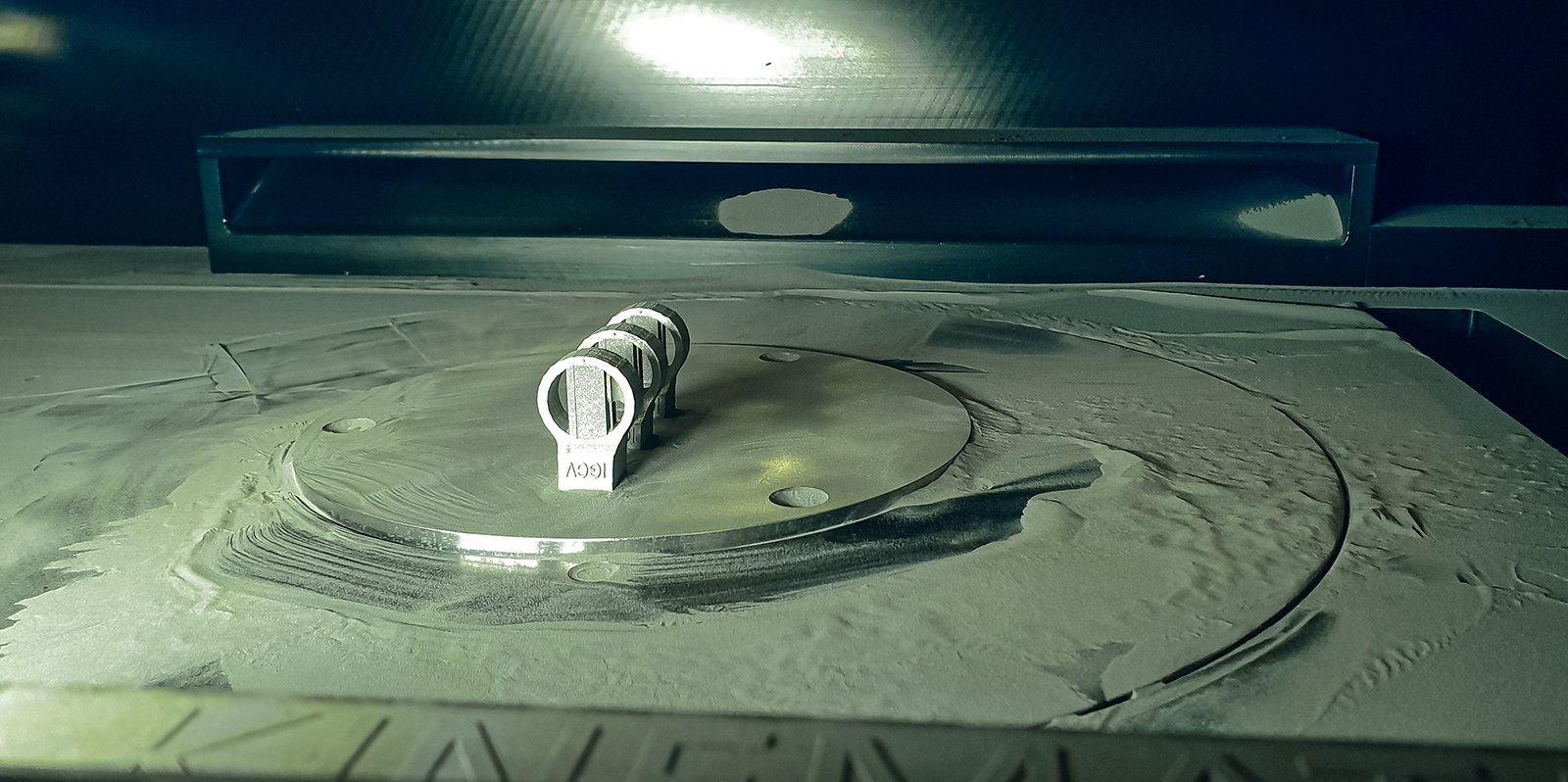
What was it again about Tolkien’s ring? ‘One Ring to rule them all, One Ring to find them, One Ring to bring them all, and in the darkness bind them…’ The German Fraunhofer institute IGCV is now working on such a powerful ring that is also capable of doing a lot, except in a positive sense.
With IGCV’s “smart finger ring”, you can ditch your house keys, wallet and bonus card. All the information you need is contained on one tamper-proof remotely-readable “RFID” chip (radio-frequency identification chip). According to Fraunhofer, you can also add more complex information, such as medical data, medication or allergies.

Inside cavity
The Fraunhofer researchers designed the ring as part of the “MULTIMATERIAL Center Augsburg” project, which is subsidized by the Bavarian Ministry of Economic Affairs. Yet what is even more important in this project than the ring is the actual manufacturing process and the possibility of integrating electronics directly during the manufacture of a ring or another object.
The manufacturing process works as follows: A laser beam is passed over a bed of fine metal powder. At the point where the laser beam hits the powder, the powder melts and then solidifies into a composite material. This is repeated over and over again. The ring is built layer by layer, but a vanity is left open for the electronics. Then the process is stopped halfway through. A robotic system automatically grabs an RFID chip from the warehouse and places it inside the cavity before continuing on with the 3D printing process.
Signet ring
According to Fraunhofer, this precision-controlled production technology opens the door to numerous possibilities for personalized ring designs. And the chip is always kept sealed by the ring itself, thereby making it tamper-proof.
“How the electronic components are integrated during the manufacturing process is unique,” says Maximilian Binder of Fraunhofer IGCV.

125 kHz
One problem that needed solving was how the RFID chip’s electromagnetic signals could still be sent through the metal. After all, metal is normally an effective shield against these types of signals.
The research team conducted numerous experiments, and eventually found a solution which uses a frequency of 125 kilohertz (kHz). Binder: “Those signals pass through the metal more easily and they have a smaller range – which is really quite advantageous.”
The chip is also mounted close to the surface so that the signals only have to pass through one millimeter of metal. The design of the cavity and the way the electronics are embedded also affect how the signal is transmitted. This is because walls can reflect or absorb the signal, Binder explains. Last but not least, a final challenge was to protect the sensitive electronics of the RFID chips from being exposed to extremely high temperatures (more than 1,000 degrees Celsius) during the manufacturing process. And they managed to do that successfully as well.
According to Fraunhofer, the technology can be applied anywhere where conventional methods of integrating electronics are problematic. The researchers themselves are currently working on sensors that should send a signal when a machine’s gear is beginning to wear out.
You can read our other articles on 3D printing here.








